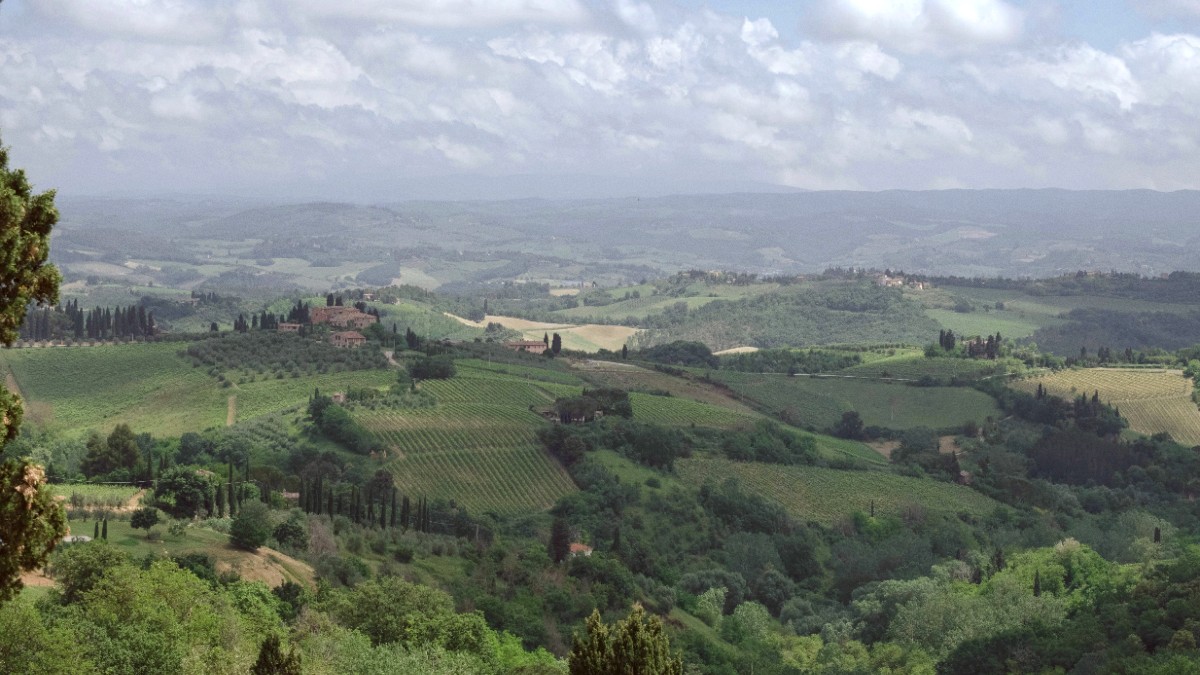
Italy
Umbria presents a broad spectrum of sites, from ancient ruins to medieval strongholds and stunning natural features. The region's history dates back to Etruscan times, with layers of Roman, medieval, and Renaissance influences visible in its towns and monuments.
Explore hilltop towns with dramatic cathedrals, underground cities, and a 'green heart' filled with parks, lakes, and waterfalls. Each site reveals a part of Umbria's soul.
Check local tourism websites (e.g., Umbria Tourism) for current exhibitions, concerts, and cultural events, especially in Perugia and Spoleto. These cities frequently host special programming.
Rugged mountains, extensive hiking trails, and diverse flora and fauna.
Europe's tallest man-made waterfall, created by the Romans. Check water release times before visiting.
Italy's fourth-largest lake, offering designated swimming areas, sailing, and charming lakeside towns.
The mountain above Assisi features numerous hiking trails and panoramic viewpoints.
Birdwatching opportunities exist around Lake Trasimeno. Wildlife spotting is possible in the Monti Sibillini National Park.
Beyond the well-known sites, Umbria conceals many less-traveled treasures awaiting discovery.
A high plain famous for its lentils and the spectacular "fioritura" (lentil flowering) in late May to early June, when the fields burst into a riot of wildflowers. Requires a scenic drive to reach.
A perfectly preserved medieval town with Roman remains, known for its Mercato delle Gaite, a medieval market reenactment festival.
A picturesque medieval village officially recognized as "one of the most beautiful villages in Italy," with quiet charm.
A hilltop town celebrated for its high-quality olive oil and picturesque views of olive groves.
A unique Mannerist garden filled with large, grotesque stone sculptures, a whimsical and slightly eerie experience (located near Umbria border).
Explore smaller, less famous hill towns like Corciano, Città della Pieve, or Bettona for authentic local life without the crowds.
Capture sunrise or sunset views over the Umbrian valleys from any hilltop town, bathing the landscape in golden light.
Capture the dramatic scale and power of the Cascata delle Marmore during a water release.
Find the charming, flower-adorned alleys of Spello for picturesque street scenes.
Umbria's spiritual heart beats strong in its numerous religious sites, drawing pilgrims and history enthusiasts.
Discover how to deepen your connection with Umbria's authentic spirit.
Support local artisans and businesses directly. This keeps money within the local community. Buy local food products to uphold Umbrian agriculture and traditional methods.
Many larger artisan shops can arrange international shipping for ceramics or bigger items. Inquire about costs and procedures.
Deepen your cultural experience with these approaches.
Consider purchasing a combined ticket or a regional museum pass if you plan to visit multiple paid attractions.
These general tips can enhance your Umbrian travel experience.
Visit popular sites early morning or late afternoon for softer light and fewer crowds. Respect restrictions in churches.
Hours vary seasonally for many sites. Always check official websites or local tourism offices for the most current opening times.
Guided tours are available at most major sites, offered by official guides or private tour companies. Audio guides are also common.
Located within the grand Palazzo dei Priori, this museum houses one of Italy's most important collections of Umbrian art, spanning the 13th to 19th centuries.
Visit WebsiteSituated adjacent to the Duomo, this museum displays artifacts related to the cathedral's history, including works by Arnolfo di Cambio and a rich collection of sacred art.
Explore MoreA museum dedicated to the history of Perugina chocolate, home of the famous Baci chocolates. It offers guided tours and chocolate tastings.
Chocolate ExperienceLocated in Deruta, this museum is dedicated to the town's famous maiolica ceramics, showing centuries of intricate craftsmanship.
Discover CeramicsA historic theater hosting a variety of performances, including opera, plays, and concerts throughout the year.
See PerformancesExplore the ancient roots of Umbria through its well-preserved archaeological sites.
Wander through medieval streets and marvel at historic buildings that tell centuries of stories.
Umbria's religious sites often necessitate modest dress (shoulders and knees covered).
Many small towns feature a midday 'riposo' where shops and some businesses close for a few hours.
Below find a summary of popular attractions and additional useful information for your sightseeing.
Spring (April-May) and Fall (September-October) for pleasant weather, fewer crowds, and landscapes.
A car offers the most flexibility for exploring hill towns and rural areas. Public transport connects major cities.
Consider hiring local guides for insights into history, art, and hidden gems.
A UNESCO World Heritage site and one of Italy's most important pilgrimage destinations in Assisi, renowned for its frescoes by Giotto.
Official SiteA masterpiece of Gothic architecture, famous for its dazzling façade and Luca Signorelli's frescoes of the Last Judgment.
Official SiteThis impressive medieval Gothic palace in Perugia now houses the National Gallery of Umbria, showing major Umbrian art.
Gallery InfoA fascinating network of caves, tunnels, and ancient wells dug by inhabitants over millennia, revealing layers of Etruscan and medieval history.
Book TourEurope's tallest man-made waterfall, located near Terni. The water is released on a schedule, creating a dramatic spectacle.
Check Timesdetails to keep in mind for a smooth visit to Umbria's attractions.
Explore the diversity of Umbria's sightseeing possibilities.